One of the reasons Bluetooth has such a poor reception range is that it is designed to be a local comms gateway rather than a network. It was given a very small cell size, mainly to prevent overspill from one house to another being as each cell was private.
That means that the transmitter is seriously underpowered, and regulation means it cant be upgraded to a reasonable distance by changing the amount of energy it radiates. Bluetooth uses standard polarisation to transmit and receive too, which is fine for two well-coupled antennae with a clear line of sight. It doesnt work so well through a wall especially if the antennae are not lined up the same way.
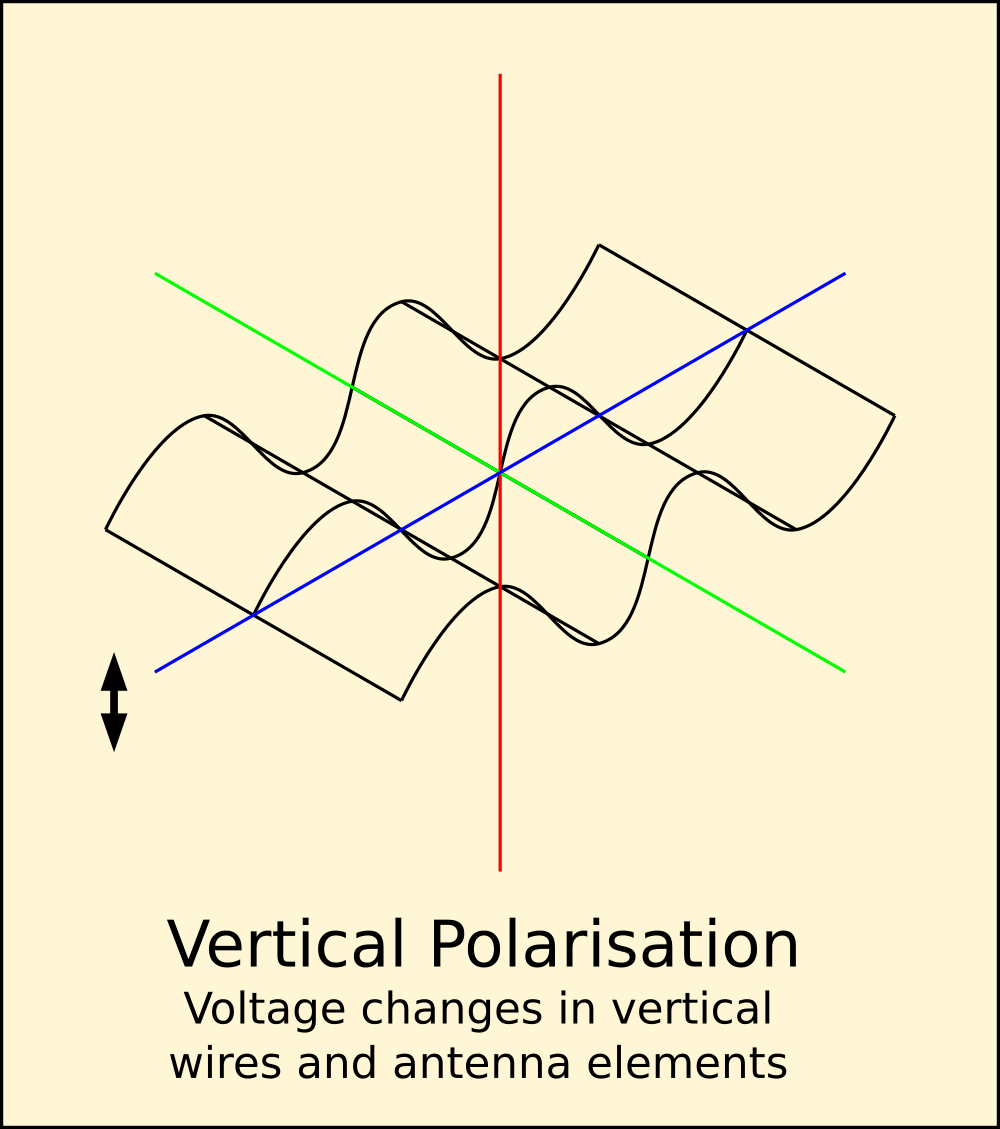
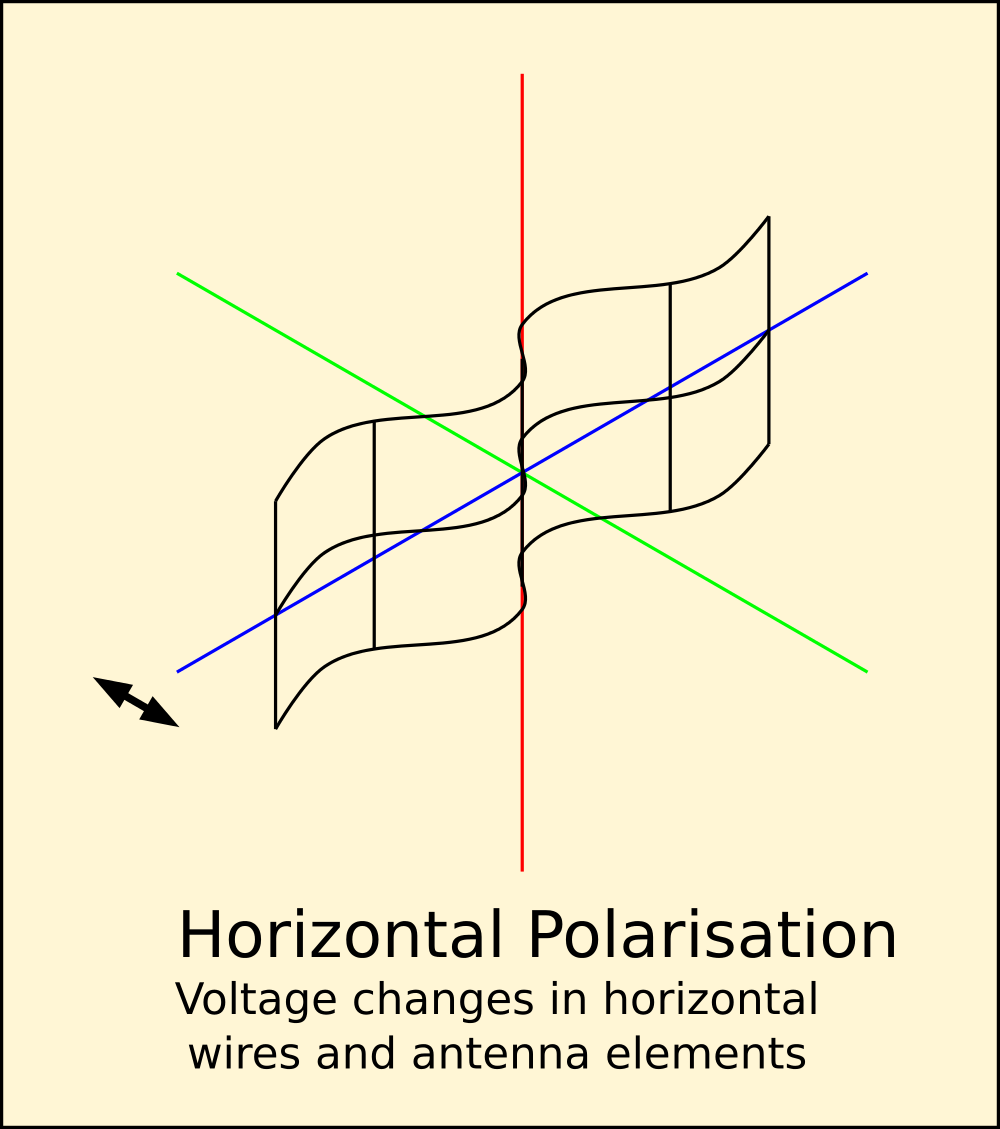
Obviously, if the transmitter is vertical and the receiver horizontal very little voltage will be transferred by the field they are coupled to. As the wave goes up and down it pulls on the electrons so they move up and down too, creating an AC voltage in the antenna element with the signal superimposed on it. If the wire is horizontal, the electrons have nowhere to go and no voltage is transferred.
This is why you have to make sure your radio antenna is oriented right, and extended properly. To get the maximum signal, the length of that antenna must match the size of the wave, calculated from its frequency as well as line up in the peaks and troughs properly.
This is a nuisance on a mobile device, as the antenna gets pointed in all directions. Thankfully though, there is a wave profile that can be used to couple to both horizontal and vertical waves. It makes sense to have two elements, one horizontal, one vertical, and transmit both at the same time to create a diagonal wave that a single antenna can pick up. It works if you make the antennae look like they do in the diagram, with 3 elements to radiate in all polarisations but is very bulky and delicate, useless for a mobile device.
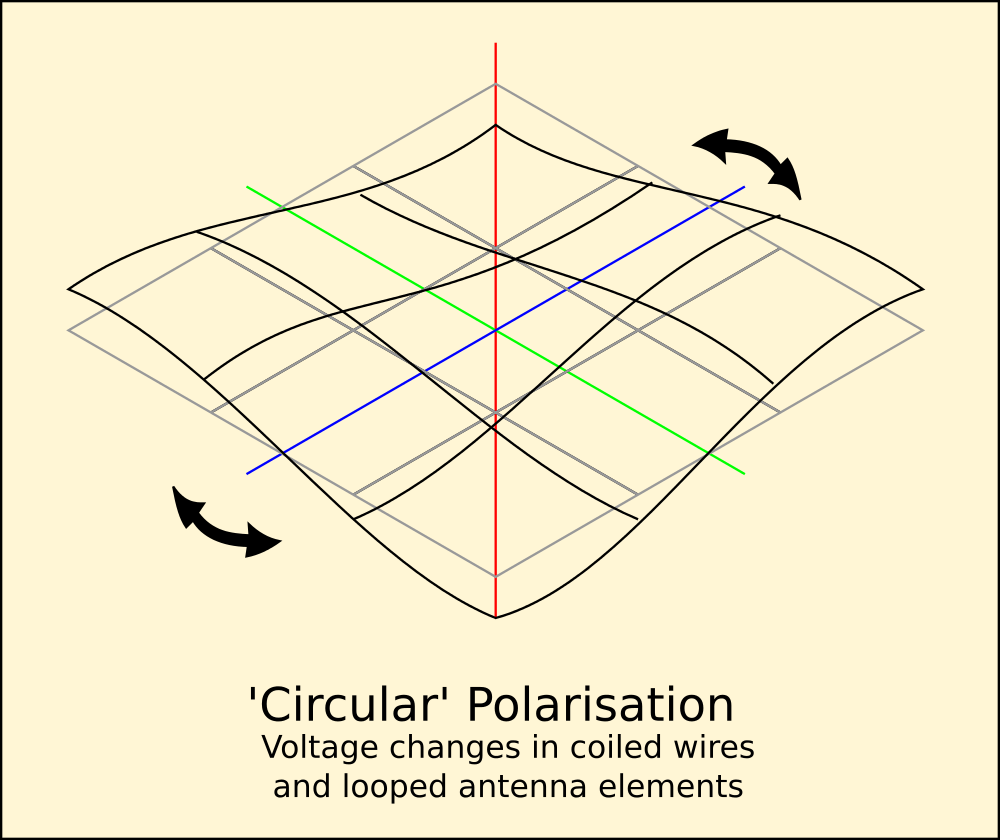
By looping an antenna you bend the plane that it transmits in into an arc, and by adding two or more of them it is possible to warp the transmitted field so that any orientation of receiving antenna will cut the wave and respond with voltage.
Bluetooth operates at 2.4GHz - actually a little over, 2480MHz but at this frequency the length of the wire is hard enough to cut and mount exactly and in practice a MM or two does not make a difference. Because it is looped, only half of the element will be oriented correctly in the wave, forming effectively two antennae in parallel, pointing in opposite directions.
The length of the looped antenna is then calculated:

I'm using a Tripole format as well as circular polarisation to pretty much guarantee that the antenna element in the receiver will be cut by at least one wave orientation. I've looped the antenna element 5 times as well to really ramp the voltage in it, as it is also behaving as a coil.
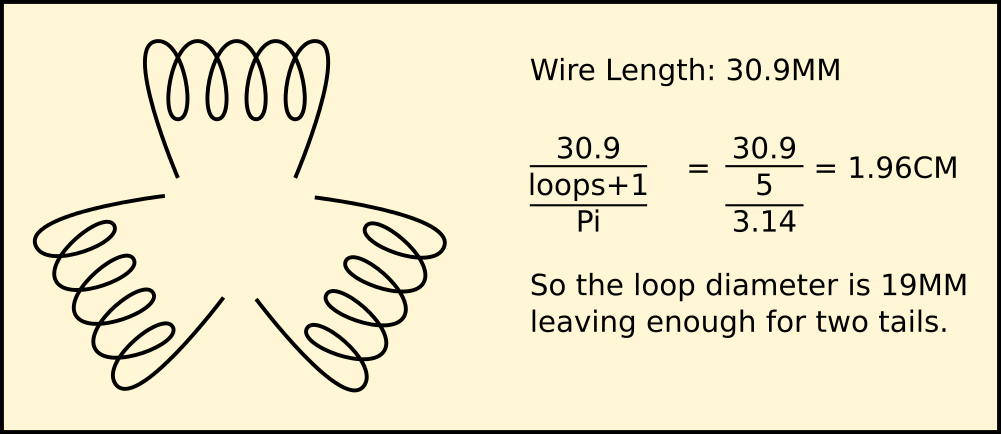
These need to be placed on top of a piece of shielded cable. I've used a lead from an old laptop WIFI card, cut off the tiny barrel plug and soldered it directly to the elements. You must make these joins as small and close together as you can, also making sure there is no short between the core and shielding. This will kill your signal and possibly the output stage in the dongle's transmitter.
If you really cant solder that close, it is also possible to cut the length of cable core used off the ends of the loops to preserve the length of the entire element loop.
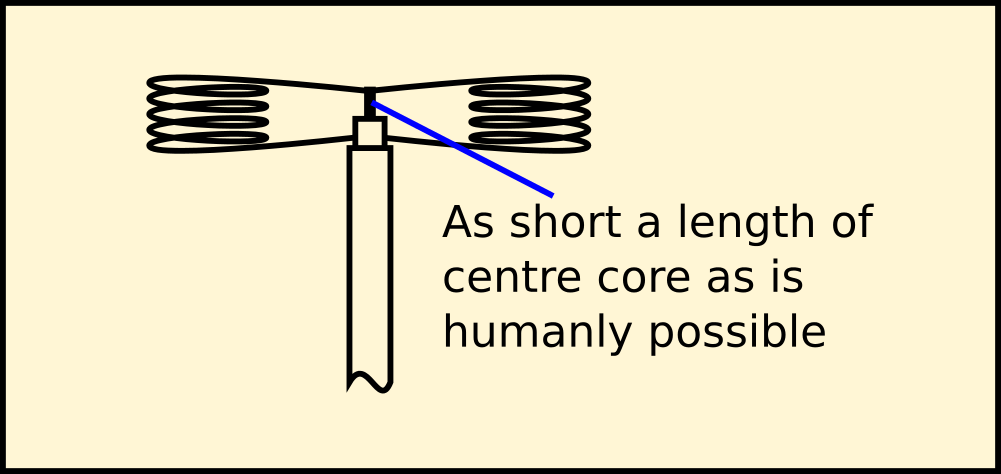
Once you have this, all you need is a backplane. This does not have to be a parabolic dish, it can be as simple as a square or circle of anything conductive. A shallow plastic dish covered in foil tape will work nicely, as will a sheet of aluminium hammered into a concave - it does not have to be perfect, but the better it is the stronger your signal will be. It also does not have to be solid, but any holes should be smaller than the wavelength so it appears to be solid to the reflected wave.
I've used a vegetable strainer because of the size and shape, plus it was cheap and looks kind of funky...
To mount the elements,...
Read more » Morning.Star
Morning.Star


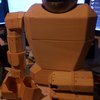
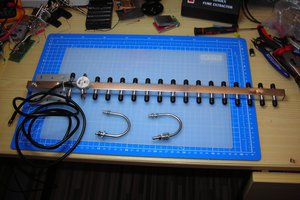
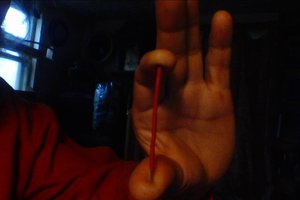
 matthewkleinmann
matthewkleinmann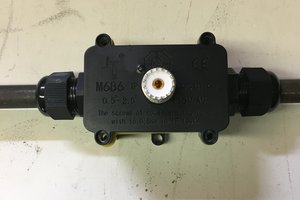
 greenscum
greenscum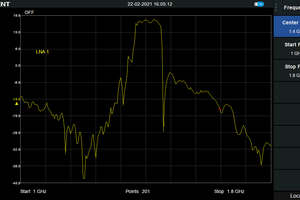
I am a hacker